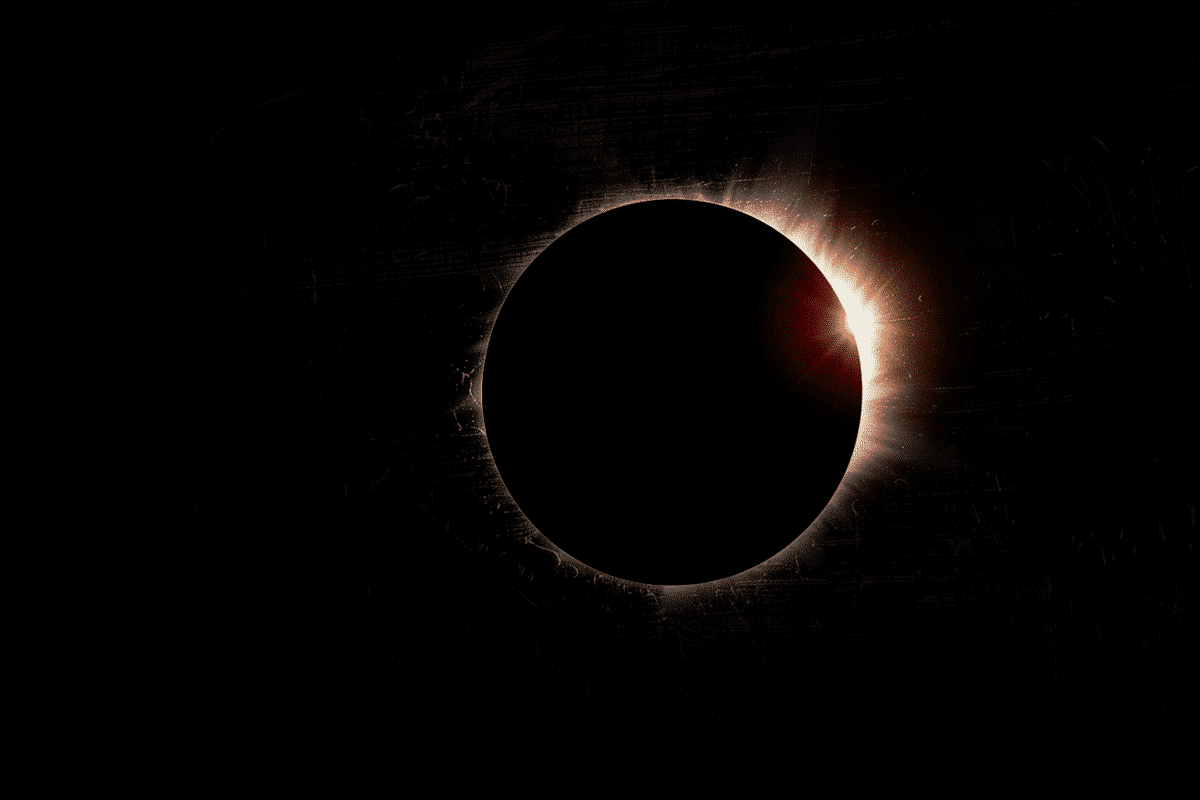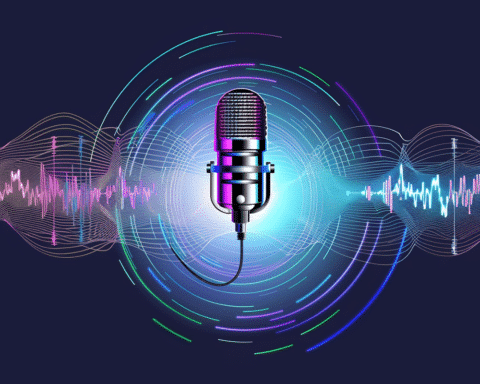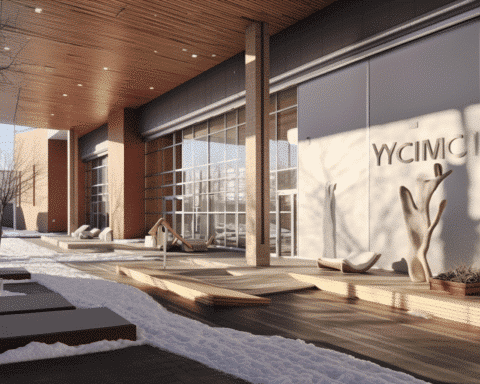Blind and visually impaired individuals will have the opportunity to experience the celestial wonder of a total solar eclipse on April 8, thanks to innovative technology that translates the visual spectacle into sensory experiences of sound and touch.
At public gatherings across North America, special devices will be available to provide a unique way for those who cannot see the eclipse to experience it. The LightSound box, developed by astronomers Wanda Diaz-Merced and Allyson Bieryla, will be a key tool in this experience. This device translates the changing brightness of the sun into a symphony of sound, with high, delicate flute notes representing bright sunlight, mid-range clarinet notes indicating the moon partially covering the sun, and a low clicking sound symbolizing darkness as the moon completely covers the sun.
Diaz-Merced, who is blind herself, has been using similar technology to analyze astronomical data for her research. The LightSound box was first tested during the 2017 total solar eclipse in the U.S. and has since been refined for this year’s event.
The Perkins Library, associated with the Perkins School for the Blind in Watertown, Massachusetts, will broadcast the sounds of the eclipse over Zoom, allowing members to listen online or by telephone. This initiative aims to make the eclipse accessible to a wider audience, including seniors with age-related vision loss.
In addition to sound, the eclipse will also be experienced through touch, thanks to the Cadence tablet from Tactile Engineering. This device, about the size of a cellphone, features rows of dots that pop up and down, allowing users to feel graphics and movie clips. Students at the Indiana School for the Blind and Visually Impaired have been incorporating the tablet into their curriculum, with some having already experienced last October’s “ring of fire” eclipse using the device.
The Cadence tablet will be available at NASA’s big eclipse-watching event at the Indianapolis Motor Speedway, where attendees, including sophomore Jazmine Nelson and junior Minerva Pineda-Allen, are eager to use it to feel the moon’s movement over the sun. Nelson expressed excitement about being able to “feel like you’re a part of something,” while Pineda-Allen emphasized the rare opportunity this event presents.
These technological innovations are opening up new ways for everyone, regardless of visual ability, to participate in and appreciate the beauty of celestial events like the total solar eclipse.




